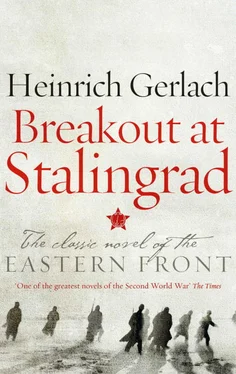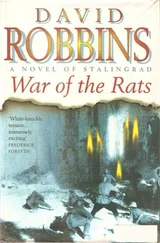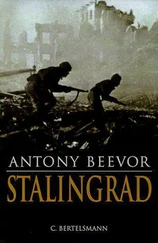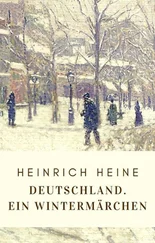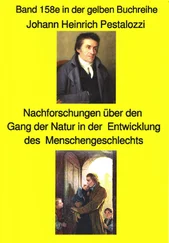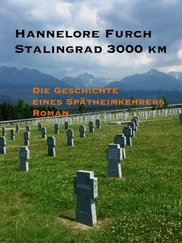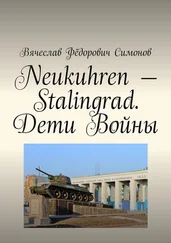In addition, all the papers in the archives that had long been kept secret have to go through a complicated declassification process before they are made available to the public. In other words, a special commission has to release the documents, and in cases where they only exist in German, translations have to be provided in the archive before the decision on whether to sanction them for public use can be taken. Add to this the fact that it is almost impossible even to begin to use the ‘holdings’ – as these resources are called in Russia – and to get remotely close to what you’re searching for without a good knowledge of Russian. Fortunately, I’d read Slavonic Studies at university; this was to prove crucial to our ability to continue, since it greatly facilitated swift communication with the authorities about the documents we were examining.
When we finally pushed open the heavy wooden door to the Russian State Military Archive for the first time, we were confronted with a barrier behind which Russian guards were carrying out security checks. Registration took an eternity, but finally we were issued with our passes and granted entry to the archive, which was located on the second floor. We soon realized that the research facilities here were in no way comparable to those we were used to in Berlin or Marbach. This was only to be expected; I knew that Russian archives received very limited state funding. We were also informed that we could sign out a maximum of five documents a day. So, we needed to examine what we called up from the stacks very thoroughly to avoid losing entire days of work. The archive room itself was furnished with three long rows of tables equipped with two-seat benches, like in school. Distributed across the benches were a number of large, heavy instruments for reading documents on microfiche. Eventually we were given a kind of User’s Guide in Russian and could begin our search. After some considerable time spent sifting through the seemingly endless catalogue, we hit upon some interesting-looking records, which included talks given by captured German officers, letters from trainees from the anti-fascist schools, documentation from Camp 27, where the League of German Officers was founded and which Count von Einsiedel had told me something about already, messages of greeting from Stalin to students on anti-fascist courses, and letters of thanks to Stalin from prisoners of war from various camps. Finally, though, we came across an entry with details of cultural work in the camps. And that was where we found what we’d been looking for all along. Written in Russian, it wasn’t instantly recognizable, but even so there was the heading: Gerlach, Heinrich: Novel ‘Breakout at Stalingrad’! Norman and I stared at one another, maintaining a calm exterior. We couldn’t order up the relevant files quickly enough, and the time spent waiting seemed interminable, but finally we were handed all the five documents we’d requested. We were really worried that Heinrich Gerlach might not turn out to be there after all, but that wasn’t the case: on the desk in front of us lay the novel Breakout at Stalingrad ! In response to our tentative question how often the manuscript had been requested by previous readers, we were told that we were the first to look at it.
Looking at the manuscript, we could only wonder at how Heinrich Gerlach had carried this weighty tome in his rucksack from camp to camp, and how he had managed to keep this treasure safe. It was, after all, over six hundred pages long. Nevertheless, this original manuscript was in remarkably good condition. Gerlach had presumably bound it together himself with shoemakers’ twine. Even so, it looked different to how we’d imagined it. Heinrich Gerlach had once described the single-volume work that he’d written in prison thus: ‘On the cover I stuck a cutting from a newspaper showing a field of corpses with a cross in the background. Above it I wrote “Breakout at Stalingrad” in red letters. But the manuscript in front of us had no image of a field of corpses or any red lettering. On the yellowish cardboard cover, in blue handwritten Gothic script resembling the ‘Tannenberg’ font developed in the 1930s, stood the title Durchbruch bei Stalingrad . Signs that it had been impounded by the Ministry of the Interior were also immediately apparent, in the form of a stamp with the manuscript’s registration number. A handwritten slip alongside the manuscript contained a note in Russian about a decision that – though I couldn’t have known it at the time – was the outcome of an elaborate procedure involving the highest echelons of the Soviet Communist Party. The text of the note ran:
This book was sent back on 18.05.1951 with the submission number 8/09/3196 (N/27) by the operational directorate of the GUPVI-Office of the Interior Ministry; the decision has been made that it should not be returned to Gerlach.
On the inside title page, beneath the author’s name in red, stood the title once more and the date 1944. If that was meant to signify the date the novel was completed, it was surprising, since Gerlach himself had stated that he only finished writing it in May 1945. On the right-hand bottom edge of the page, two stamps in red ink could be made out, indicating the submission date of the confiscated manuscript. On closer inspection, the following words could be read on the top stamp: Secretariat OB (organizational bureau) of the Central Committee WKP (b) Communist Party of the Soviet Union, supplement to 1065.
On the following page, before the Table of Contents, Gerlach had written a dedication in Latin: Mortuis et Vivis and below it, in pencil, ‘To the Dead and the Living’. The next double-page spread was then occupied by the Table of Contents: the first part originally carried the title ‘The Escape’, but this had been crossed out and replaced by the handwritten correction ‘The Gathering Storm’, as in the new version of the novel. The second part was entitled ‘Between Night and Morning’ and the third ‘The Moment of Truth’, exactly as in the 1957 edition.
At the bottom of the page, another typewritten slip in Russian had been pasted into the book, giving the following information:
Gerlach, Heinrich, born 1908, originally from Königsberg, graduated from the Philological Faculty of the University of Königsberg, secondary school teacher by profession, First Lieutenant, head of the intelligence unit of the 14th Tank Regiment. Taken prisoner at Stalingrad. Member of the National Committee for a ‘Free Germany’ from 14 September 1943.
There was no indication of who the author of this typewritten slip was, nor when it had been stuck into the book. Looking at the kind of typewriter used led us to surmise that the note was added when the novel was confiscated in 1950, as the characters clearly came from a make of machine that was used in the Soviet Union at that time. A cursory first leaf through the original manuscript showed clearly that Heinrich Gerlach had worked constantly on improving the manuscript. There were corrections on almost every page.
There were also some pages that had been edited with handwritten corrections and then struck out entirely. Conversely, there were pages in the manuscript for which Gerlach had typed out a clean version and pasted over the original. It was immediately apparent how much effort he had expended in copying out this text and painstakingly taking in all the corrections.
The author had kept polishing and correcting his Stalingrad novel right to the very end. By the time Gerlach completed his text, on 8 May 1945, the day Nazi Germany signed an unconditional surrender, he already knew the number of soldiers and officers taken prisoner by the Soviets, and also how many had survived. These statistics are reported soberly and without emotion by the narrator in the ‘Final Reckoning’:
Читать дальше
